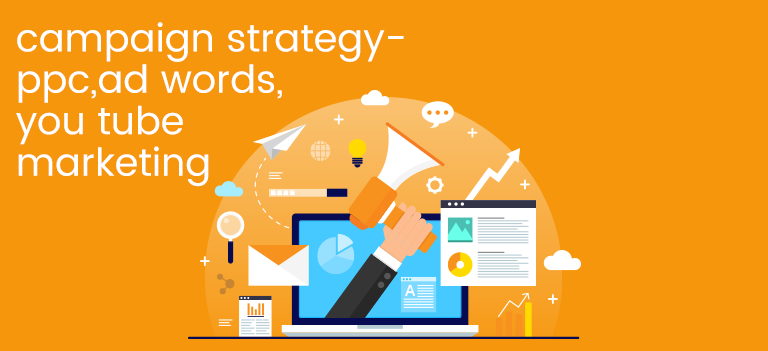

Pay-Per-Click Advertising
Pay-per-click advertising, also known as PPC or search engine marketing (SEM), is a tactic where a brand places an ad online and pays each time a user clicks on it. There is no cost to place the ad. The cost is only incurred when users engage with the ad. Pay-per-click marketing can be broken down into two categories: -Search advertising: Ads that appear as search results on search engine results pages (SERPs) -Display advertising: Ads that appear as graphics, videos, or paid posts typically found on social media feeds and other third-party websites.
Calls-to-Action (CTAs)
Adding calls to action to your videos will help you create more engagement on YouTube. They can also be irritating, so try to use them in the right way.
No matter what goals you have, to get more likes or more subscribers, be clear and concise about key actions people need to take.
You can add your website link or ask for subscribers to your channel within the video or at the end to help people understand the next step.
If your goal is to attract a lot of subscribers, try to do it smartly. Your efforts will be rewarded in the long run.
Create Perfect YouTube Thumbnails
Effective thumbnails make users click right away and make your YouTube channel more recognizable. Thumbnails should be relevant to the video’s content and title.
Include short descriptions and relevant images in your thumbnails to help people understand what your video is about.
Research your competition
Competitive analysis is essential if you want to pull ahead of other businesses in your niche on YouTube. Fortunately, a lot of the information you need to identify potential opportunities is readily available on their channels.
Browse your competitors’ YouTube channels and take note of which videos got the most and least views. Watch these videos get a sense of what kinds of content your audience likes to watch (and what they don’t) and use that to inform your own content strategy.
Commit to a schedule
Consistency is very important on YouTube if you want to keep growing your channel. As with blogging, the more content you put out there, the better the chances you’ll reach a wider audience.
Most successful YouTubers have a very strict publishing schedule – and they stick to it. These YouTubers also promote new videos to their audience on other social media platforms so that even those who haven’t subscribed to their channel can still know when a new video is coming out. While you’re setting up a YouTube marketing strategy for your business, consider how often you can realistically commit to posting new content and make sure you can stick to it
YouTube video SEO: what you need to know
As I mentioned earlier, YouTube is one of the top search engines in the world, which is one of the reasons why it’s such an attractive promotional tool for businesses. Just imagine all the potential reach with almost two billion monthly users!
What this means is, quite simply, that if you take the time to optimize your videos and you produce quality video content on a regular basis, you can dramatically increase your chances of reaching a wide and targeted audience.
So, how exactly do you optimize your YouTube videos?
There are several important factors that count towards your search results ranking; some are completely in your control – like the keywords you use and how you use them – while with others, you don’t have as much power over them (like how many people subscribe immediately after viewing one of your videos).
